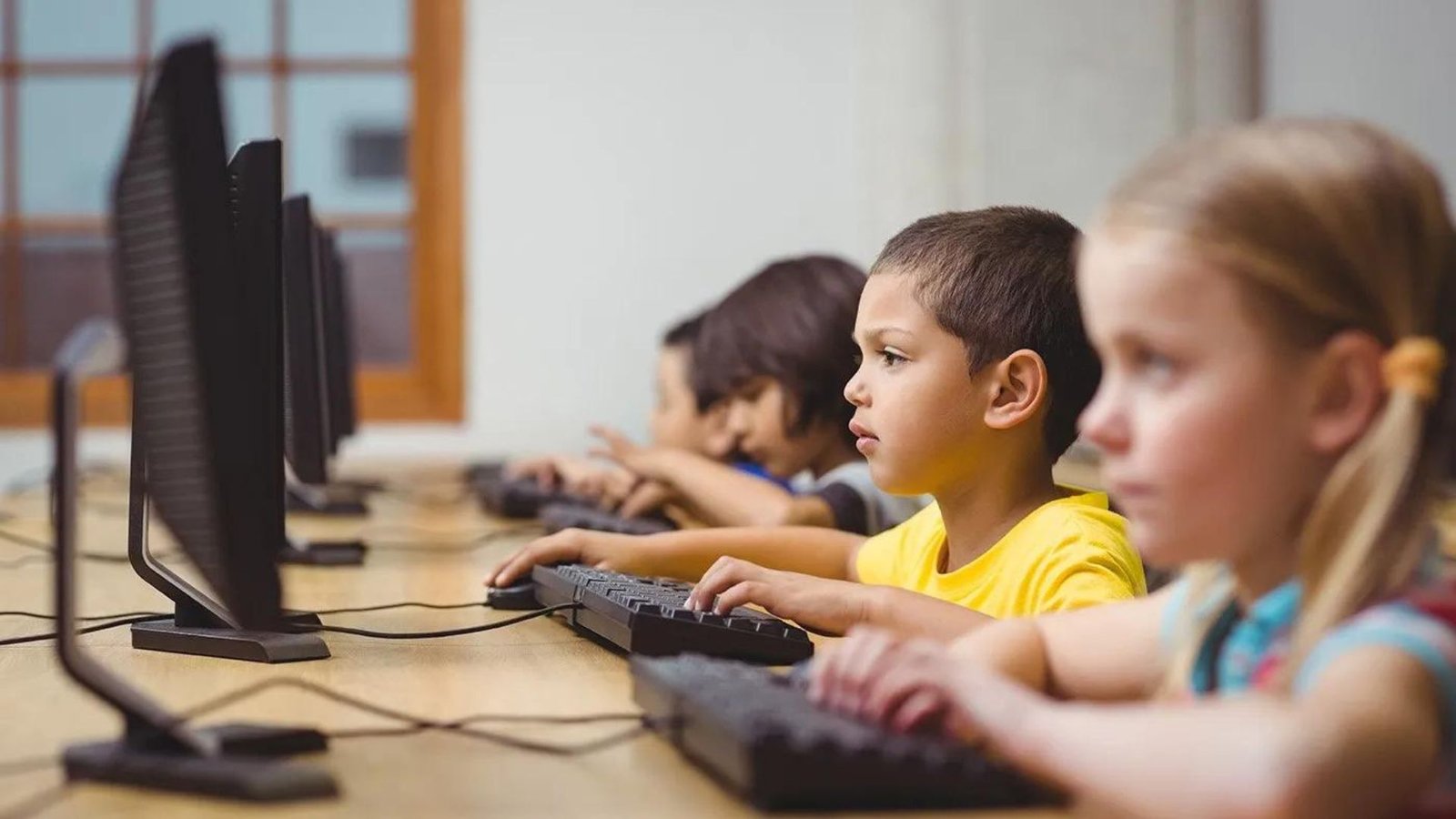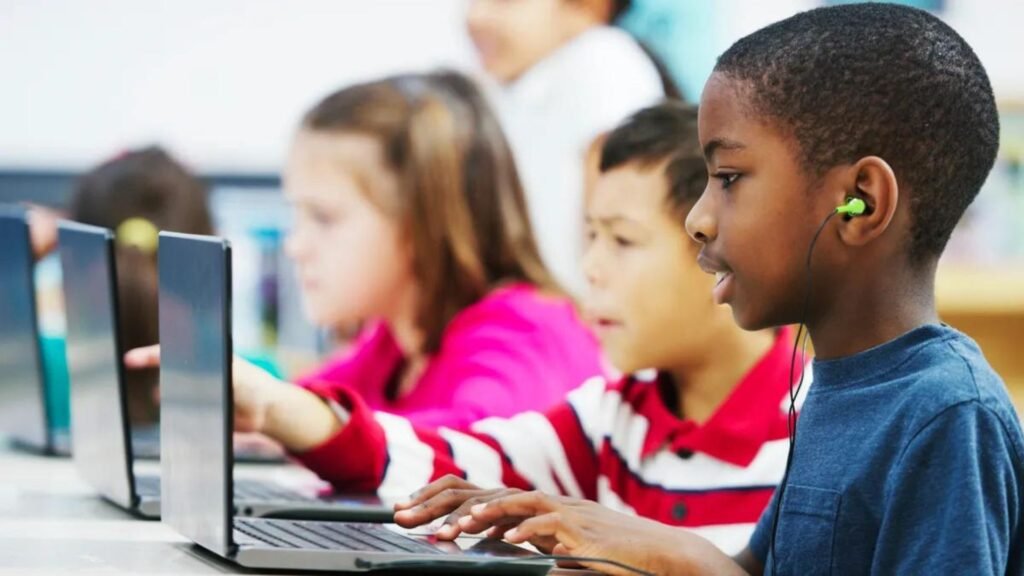Education inequality remains a significant challenge, with disparities in resources, access, and opportunities affecting students from various backgrounds. However, technology is increasingly playing a pivotal role in addressing these disparities and bridging the gap in education inequality. By providing innovative solutions and new avenues for learning, technology is transforming the educational landscape. This article explores how technology is bridging the gap in education inequality, examining its impact on access to education, personalized learning, and resource distribution.

Expanding Access to Education
Online Learning Platforms
Online learning platforms, such as Khan Academy, Coursera, and edX, offer a wealth of educational resources accessible from anywhere with an internet connection. These platforms provide high-quality courses, lectures, and materials on a wide range of subjects, making education accessible to students regardless of their geographic location or socio-economic status.
Remote and Virtual Classrooms
Remote and virtual classrooms enable students to participate in classes and interact with teachers and peers without being physically present in a traditional school setting. This flexibility allows students in underserved or rural areas to access quality education and engage in real-time learning experiences.
Educational Apps and Tools
Educational apps and tools, such as language learning apps, math tutoring programs, and interactive learning games, provide personalized and accessible learning experiences. These resources cater to diverse learning needs and help students improve their skills and knowledge at their own pace.
Enhancing Personalized Learning
Adaptive Learning Technologies
Adaptive learning technologies use data and analytics to tailor educational content and assessments to individual students’ needs. Platforms like DreamBox and Smart Sparrow adjust the difficulty and focus of lessons based on students’ performance, providing a customized learning experience that addresses each student’s strengths and weaknesses.
Learning Analytics
Learning analytics involves collecting and analyzing data on student performance to inform instructional decisions. By tracking progress, identifying learning gaps, and providing actionable insights, educators can offer targeted support and interventions to help students succeed.
Assistive Technologies
Assistive technologies support students with disabilities by providing tools and resources that accommodate diverse learning needs. Examples include text-to-speech software, screen readers, and speech recognition tools, which help ensure that students with various abilities can access and engage with educational content.
Improving Resource Distribution
Digital Textbooks and Resources
Digital textbooks and open educational resources (OER) offer cost-effective alternatives to traditional print materials. These resources are often freely available or less expensive, reducing the financial burden on students and schools and increasing access to high-quality educational materials.
Cloud-Based Collaboration Tools
Cloud-based collaboration tools, such as Google Workspace for Education and Microsoft Teams, facilitate group work and project-based learning. These tools enable students to collaborate on assignments, share resources, and communicate with peers and educators from different locations, enhancing educational opportunities.
Educational Grants and Funding
Technology-driven educational grants and funding programs aim to address disparities by providing financial support for schools and students in need. These initiatives often focus on equipping schools with technology, supporting digital literacy programs, and expanding access to online learning resources.
Conclusion
Technology is playing a transformative role in bridging the gap in education inequality by expanding access, enhancing personalized learning, improving resource distribution, and fostering global connections. While challenges such as the digital divide and data privacy must be addressed, the potential of technology to create equitable educational opportunities is significant. By leveraging technology effectively and ensuring that all students have access to digital resources, we can work towards a more inclusive and equitable education system that supports the success of every learner.

